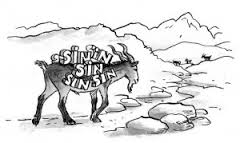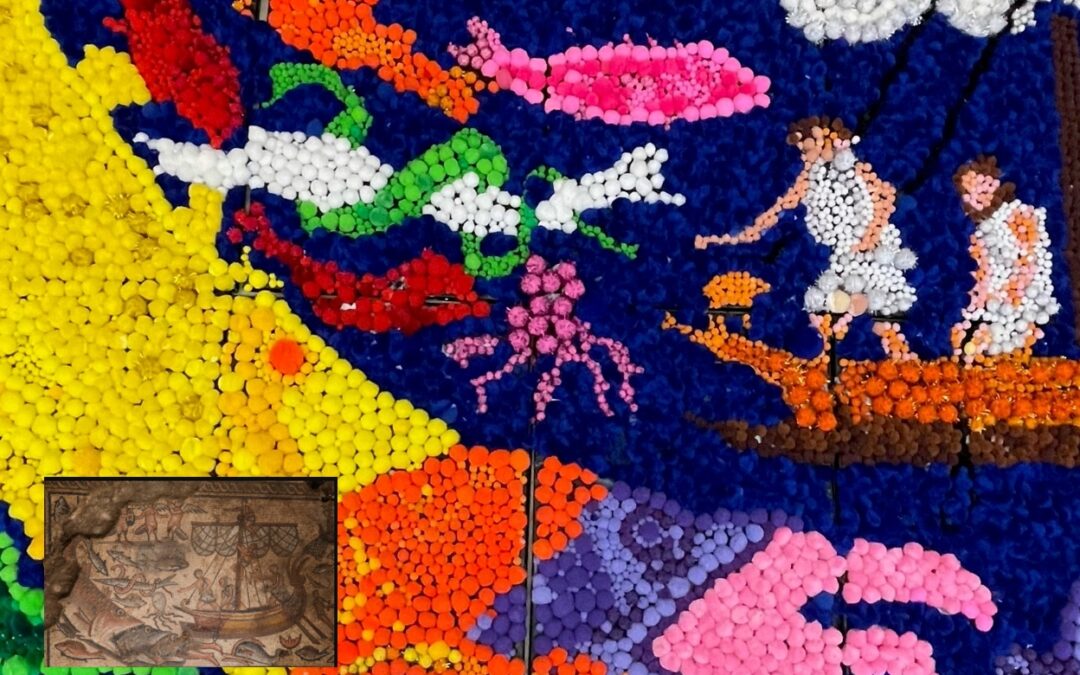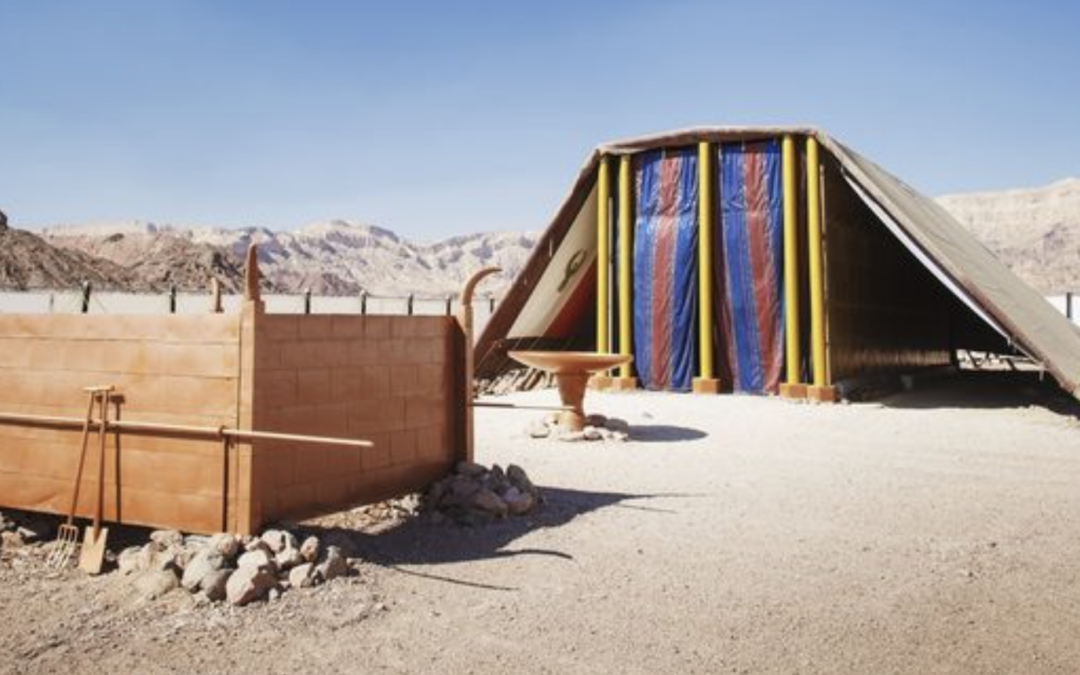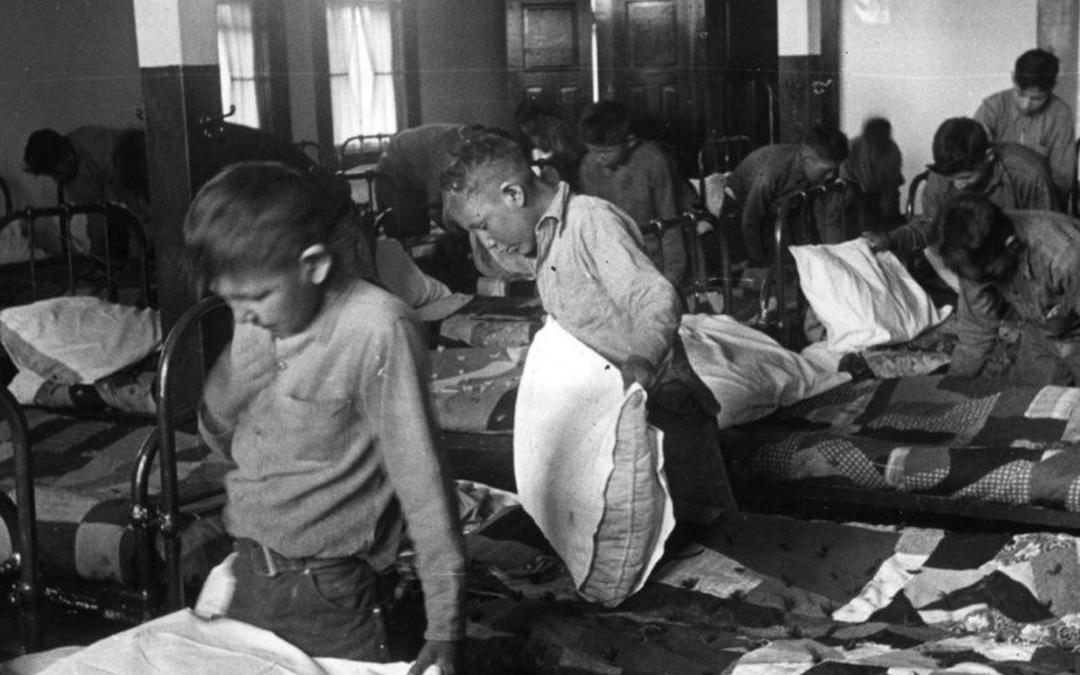 “I can’t find my iPod,” said my daughter just minutes after Havdalah one Saturday night.
“I can’t find my iPod,” said my daughter just minutes after Havdalah one Saturday night.
“Where did you leave it?” I asked.
“On the kitchen table,” she replied.
“Well, it has not been on the kitchen table all of Shabbat, so when did you last use it?” I asked.
“Wednesday. You must have put it somewhere or [our housekeeper] must have moved it.”
Lost or misplaced objects are a pet-peeve of mine. I am a big advocate of “a place for everything and everything in its place,” but the four people I live with are not believers with me, and combined, they have much more stuff than I do.
And sometimes their stuff is in my way and they are not home to remove it.
Electronic devices left on the kitchen table or the sofa, or in a sister’s room, or really wherever one was when she moved on (miraculously?) to something else means I (or the housekeeper) will probably have to move them.
I promise you we don’t hide them.
Although maybe we should.
The blame we are assigned by the owner of misplaced objects is a deflection of responsibility from the one who should have put the item away in its place. The (ir)rationale is that the item is misplaced, not because it wasn’t put away, but because I didn’t leave it where it was. For three days.
In this week’s parashah, the Yom Kippur service in the Mishkan is described. A curious part of the ceremony is a ritual that involves two goats. After Aaron, the High Priest, brings a sin offering to atone for himself and his household, he brings two male goats to the entrance of the Mishkan:
Aaron shall place lots upon the two he-goats: one lot “to the Lord” and one lot “to Azazel.”
The goat that randomly fell “to the Lord” is sacrificed as a sin offering and the one that randomly fell “to Azazel”:
[S]hall be stood alive before the Lord to atone upon it, to send it to Azazel to the wilderness.
The High Priest would confess the sins of the nation upon this goat and then send it off into the desert, to “Azazel.”
Commentators disagreed as to what or where Azazel was. The rabbis said it was a high cliff where this goat, now carrying the nation’s sins, would fall to its death and be eliminated. Rashi, following the same line of thought, explained that Azazel meant a steep or hard place. Both interpretations understand Azazel as a geographic.
Nachmanides believed however that Azazel was the name of a demon and sending the goat to it was a way of appeasing negative forces in the universe so that Israel’s worship of God could be direct and absolute. Here, Azazel is a name, or proper noun.
A third explanation offered among other commentators was that Azazel simply means “the goat (ez) was sent away (azal).” In English, this was translated as the “escape goat,” which over time was shortened to “the scapegoat.”
Why is the goat upon whom the nation’s sins are confessed and atoned permitted to live?
The text tells us of Yom Kippur:
This shall remain for you an eternal decree. In the seventh month, on the tenth of the month, you shall afflict yourselves and you shall not do any work, neither the native nor the proselyte who dwells among you. For on this day he shall provide atonement for you to cleanse you; from all your sins before the Lord shall you be cleansed.
According to Lord Rabbi Jonathan Sacks, the atonement part of the Yom Kippur service addresses the guilt one feels for having sinned and is actualized through the sin offering of the goat marked “to the Lord.” We bring a sacrifice and we ask forgiveness from God. Guilt is a consequence of our conscience and we ease it by seeking forgiveness. Guilt is how the individual feels about him/herself. It is personal, it is internal and it is hidden from others.
Like when I’m wracking my brain trying to remember if I saw the misplaced item and moved it somewhere inconspicuous.
The second element of the Yom Kippur service is cleansing or purification. This addresses the shame of sin. Sin can mark us with a stain – what others know and see of us – and it is this external component from which we need to be cleansed.
The scapegoat achieves this part of the service. The goat upon whom the nation’s sins are confessed takes the stigma of sin with it when it is sent away, and thereby, symbolically, cleanses the community from shame, from the outward manifestation of the consequences of sin.
It is fascinating to me that the concept of the scapegoat appears in the parashah that falls (this year) in the same week as Yom Ha-Shoah – Holocaust Memorial Day. The Holocaust is a most powerful example of how the world has, time and time again, used the Jewish people as a scapegoat for their troubles, blaming the sins of the world on the Jewish people, and then sending us off into the wilderness to disappear off a high, steep cliff.
What we learn from this parashah is the true meaning and purpose of the scapegoat – to confess one’s own sins, to take responsibility for our own actions, to ask forgiveness and then to wipe the slate clean and remove the stain of sin so we can move forward and do better. The purpose of the scapegoat is not blaming others.
No matter how many times the Jewish people have been sent off into the wilderness to find that cliff, we keep coming back. Our resilience (and poor sense of direction in the desert) exemplify the lesson of this parashah and the Holocaust – that trying to purify ourselves by looking outward at what others are doing, rather than inward at our own behaviours and actions and attitudes, will be unsuccessful.
The goat can only take away what is in our own power to release. Our problems are not solved by looking at what others should, could or might have done differently nor what they have already done wrong.
Our problems are solved by examining our own contributions, by figuring out what we need to do to feel differently or to achieve different results in our lives.
Even to keep track of our belongings.
When you blame others, you give up your power to change – Douglas Noel Adams
Shabbat Shalom and Am Yisrael Chai.












